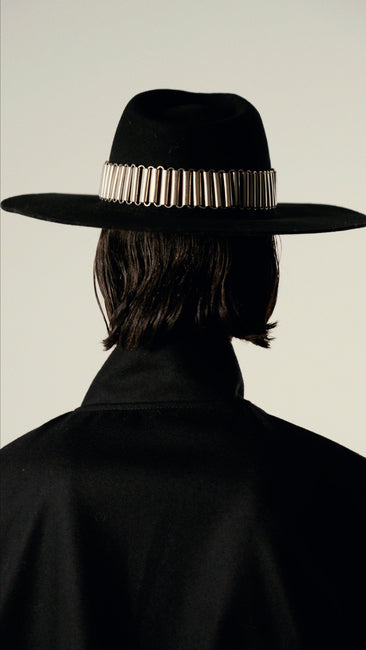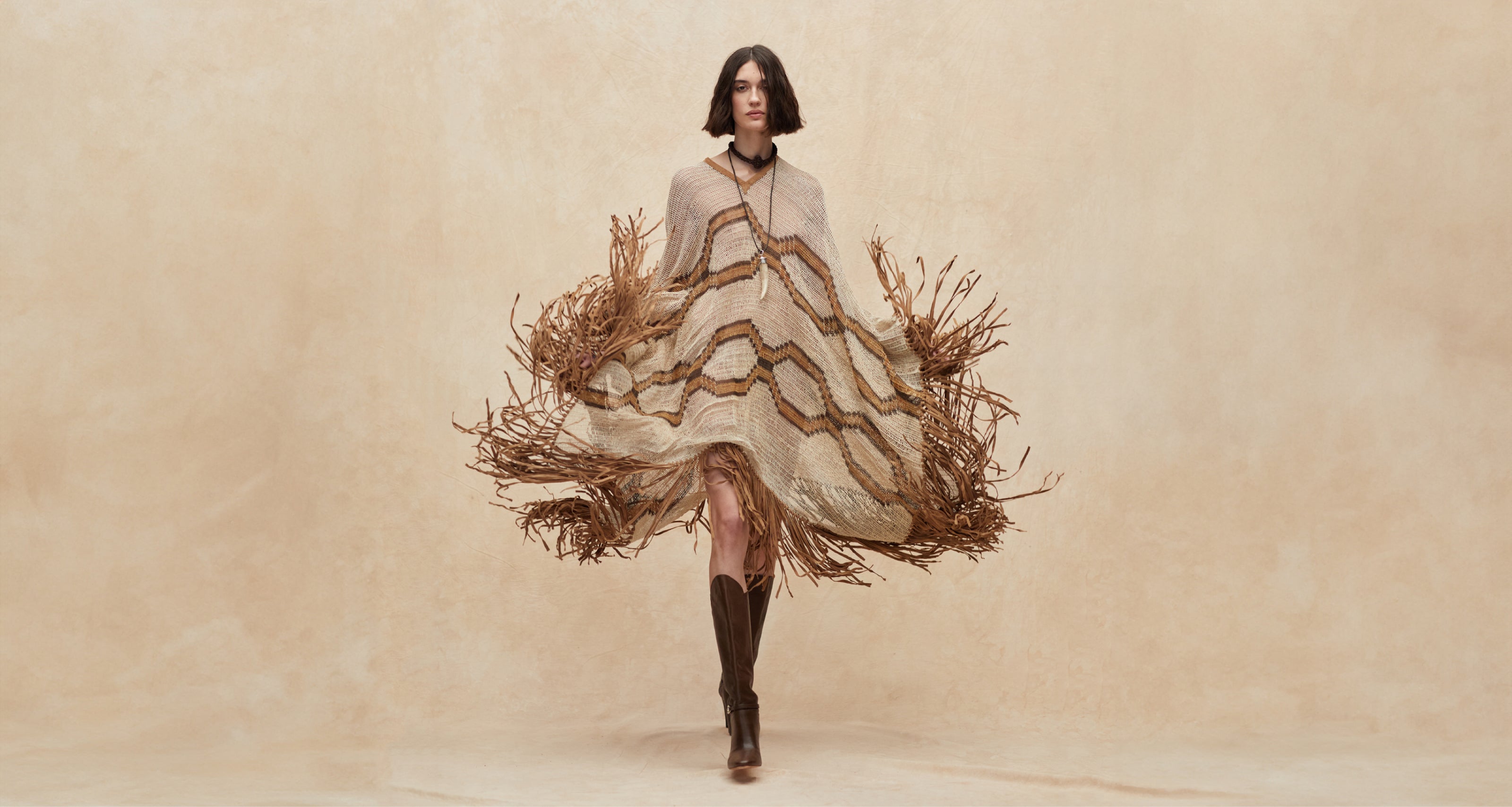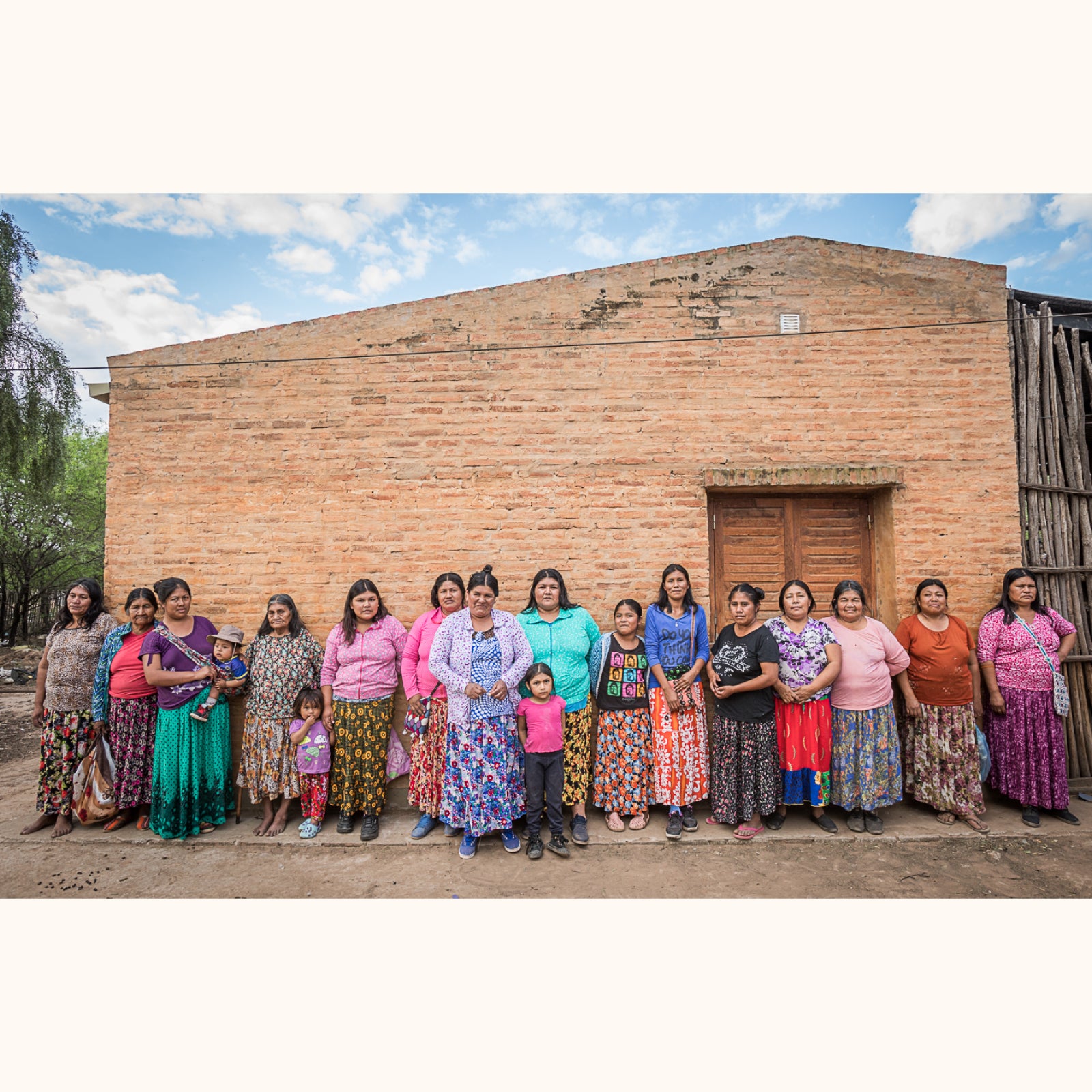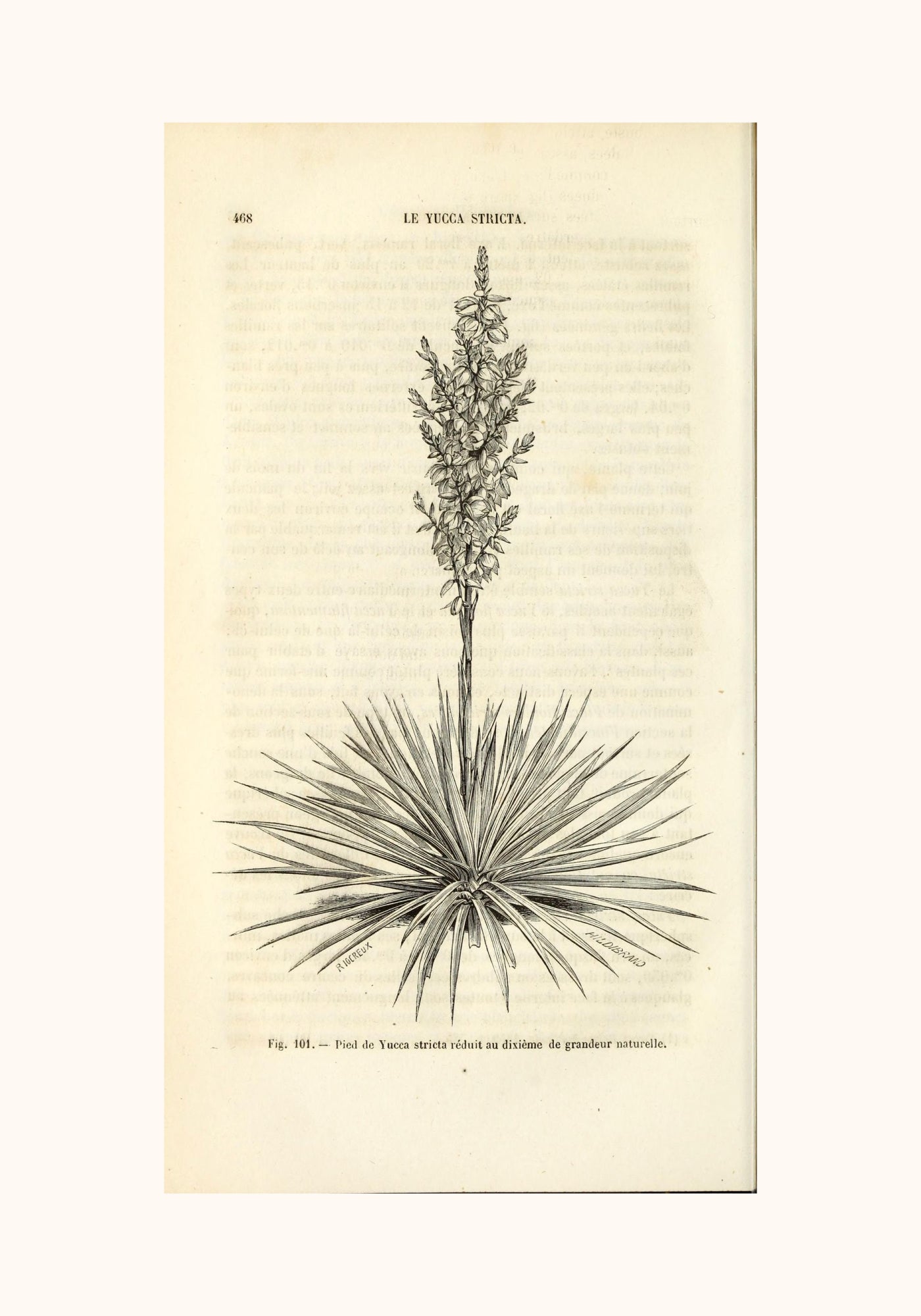
CHAGUAR
100% Plant-Based Origin
Harvested from native chaguar plants in the forest by local communities, this fiber is dried, hand-twisted into thread, and naturally dyed using ancestral techniques.
Each piece is then handwoven by Wichí artisans, preserving traditional knowledge passed down through generations. Each piece is one of a kind and worthy of a museum. It reflects the social impact we create alongside the communities we work with.
Chaguar Poncho
Handwoven in chaguar, an ancestral technique of the Wichí people, practised by women using fibres and dyes extracted from native plants.
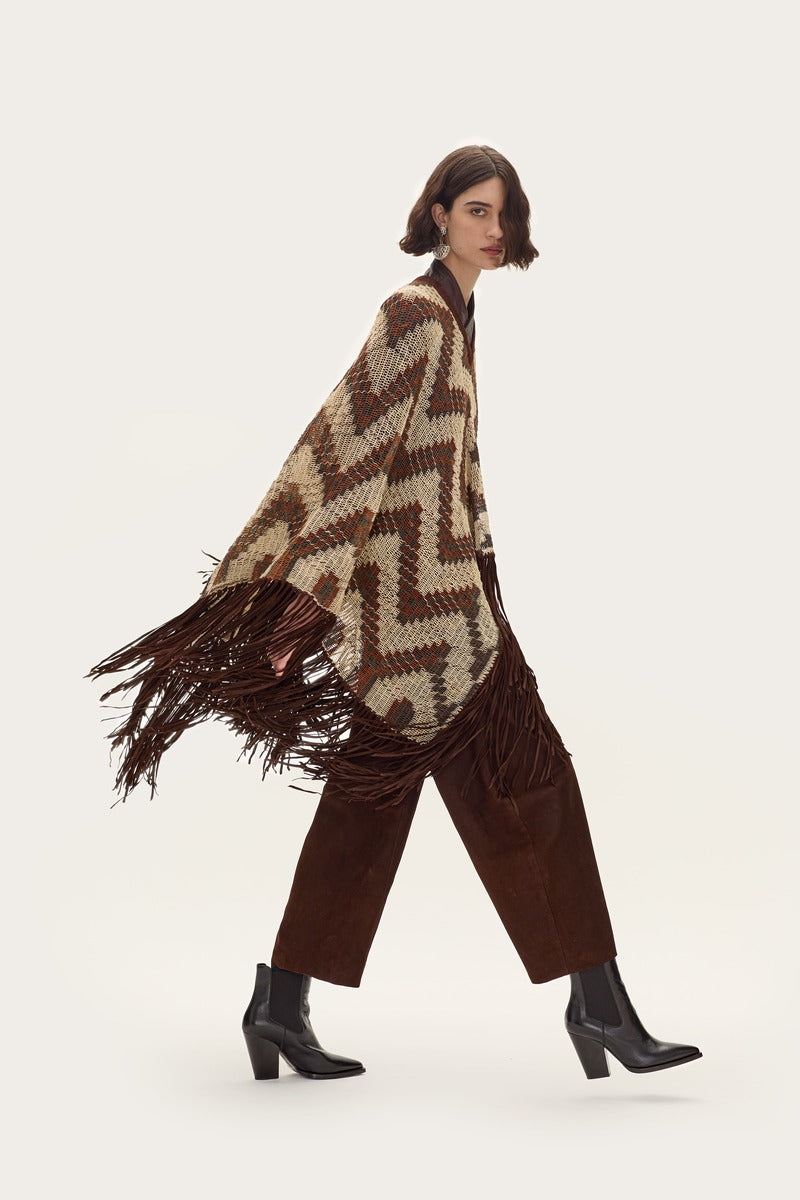
Wearing a poncho is affirming a connection with the land, with the ancestors and with the community to which one belong.


Each piece carries their ancestral knowledge and deep connection with nature. An expression of artistic refinement that merges cultural richness with contemporary fashion.








